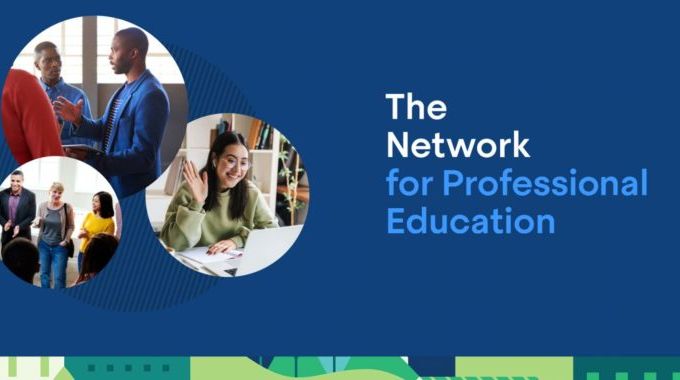POV: Higher Ed View of XR

 In the last month, I attended three conferences, the EDUCAUSE Annual Conference in Chicago; Boston University (BU) held an XR InLearning conference at the end of October, and the Adobe EduMax 2019 conference in Los Angeles. I am pleased to see that AR/VR/MR and XR are still being talked about as technologies looking for a home in higher education. Headsets have made progress, moving to better wireless versions versus the wired headsets we all saw with the first HTC Vive, which we tested at California State University Northridge (CSUN) a few years back to allow for faculty exploration of the emerging space. Unfortunately, even though headsets are improving thanks to investment from the likes of Facebook and Google, I am still not seeing the catalyst for great content to be created. It is still very technical and expensive to create this type of content.
In the last month, I attended three conferences, the EDUCAUSE Annual Conference in Chicago; Boston University (BU) held an XR InLearning conference at the end of October, and the Adobe EduMax 2019 conference in Los Angeles. I am pleased to see that AR/VR/MR and XR are still being talked about as technologies looking for a home in higher education. Headsets have made progress, moving to better wireless versions versus the wired headsets we all saw with the first HTC Vive, which we tested at California State University Northridge (CSUN) a few years back to allow for faculty exploration of the emerging space. Unfortunately, even though headsets are improving thanks to investment from the likes of Facebook and Google, I am still not seeing the catalyst for great content to be created. It is still very technical and expensive to create this type of content.
Exploration
I have always been a proponent of exploration into these spaces as we need to be able to figure out what will and won’t be feasible in higher education. My foray into this space started many years ago when I was a part of the first digital CD-ROM version of a yearbook at Garden City High School, Kansas; think the late 1990s, we created and published a virtual tour of the high school using QuickTime VR. It was pretty cutting edge for that time. Fast forward 15 years and I was one of the folks that beta tested the Google Glass in Venice, California.
Growth
Today, Boston University’s Digital Learning & Innovation group is funding a pilot to help teach student empathy via virtual headsets. However, for this to happen we are having to partner with a vendor to completely develop the program and content that will be delivered via these headsets. Again it is expensive and you have to find specialized developers to make it a reality.
The University of Michigan’s Innovation group’s recently announced the funding of a three-year initiative to make the university a hub for education and research on XR, we will need to keep a close eye on what happens there.
Research
Recently EDUCAUSE published a research article that focuses on XR for Teaching and Learning. Key findings include:
- XR technologies are being used to achieve learning goals across domains.
- Effective pedagogical uses of XR technologies fall into one of three large categories: supporting skills-based and competency-based teaching and learning; expanding the range of activities with which a learner can gain hands-on experience, and experimenting by providing new functionality and enabling new forms of interaction.
- Integration of XR into curricula faces two major challenges: time and skills.
- The adoption of XR in teaching has two major requirements: the technology must fit into instructors’ existing practices, and the cost cannot be significantly higher than that of the alternatives already in use.
- The effectiveness of XR technologies for achieving learning goals is influenced by several factors: fidelity, ease of use, novelty, time-on-task, and the spirit of experimentation.
Investment
Lots of money is being spent to see what the possibilities are and for faculty to explore the space on how it will work to improve the course objectives in which these technologies are embedded.
However, what we need are industry partners to help democratize the creation of content. We need to have tools to create content in a much easier way. Unless we make the creating of content easy and affordable these technologies will never have a place outside of niche areas where big dollars can be spent.
Ethics and Accessibility
There are two other areas that also need further thought, investigation and development. We need to think about the data that is being collected and the accessibility issues surrounding these technologies. On the data front, we need to keep asking ourselves what data are we collecting, who owns it, how can and how will it be used in the future. On accessibility, we need to make sure we are being inclusive and not creating one more technology to divide those with different learning, physical and mental abilities.
 About the Author: Ernie Perez was director of Educational Technology with Boston University’s Office of Digital Learning & Innovation at the time of publication.
About the Author: Ernie Perez was director of Educational Technology with Boston University’s Office of Digital Learning & Innovation at the time of publication.


